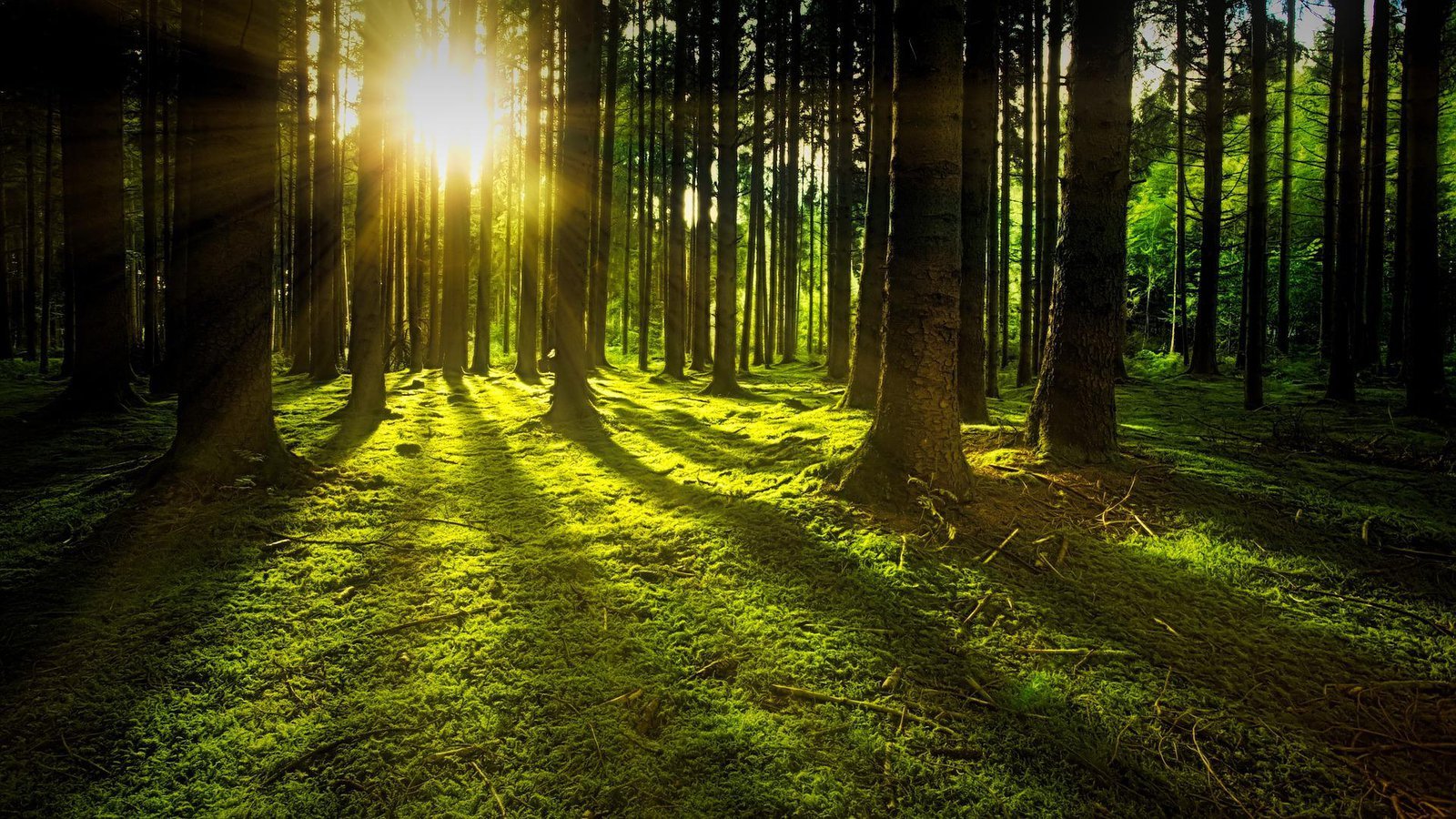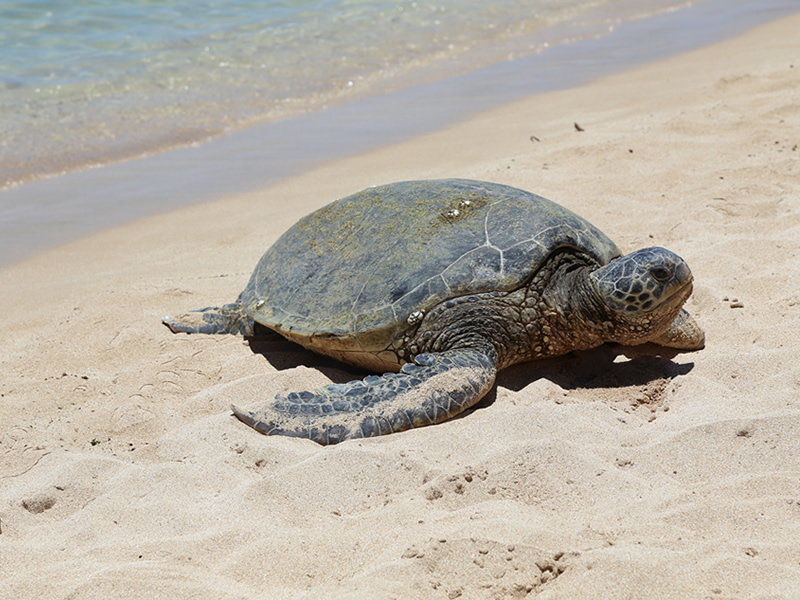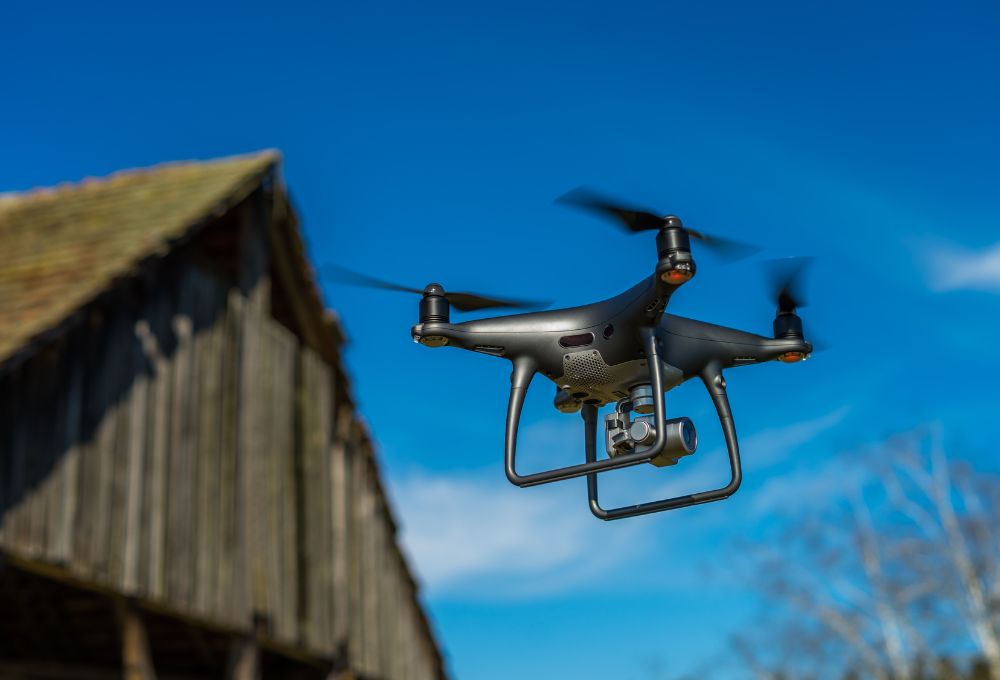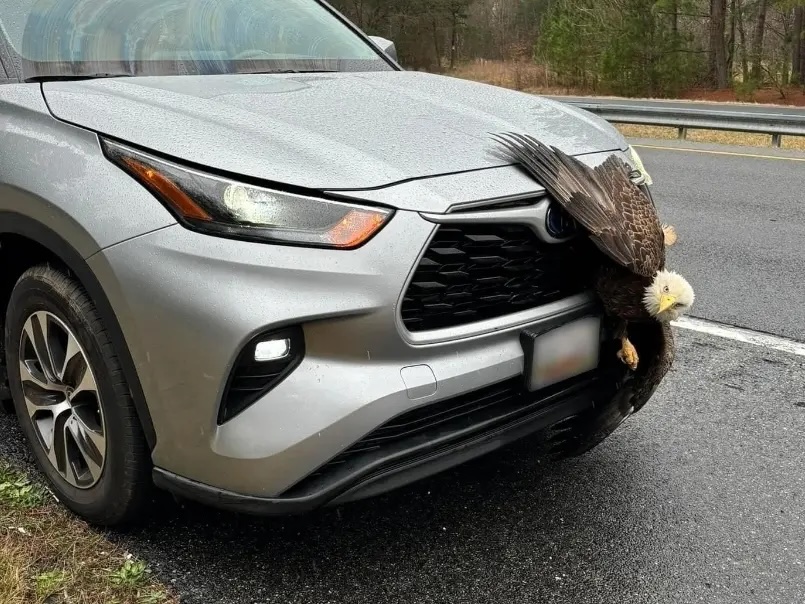
Living
U.S. Efforts Aim for 1 Billion Trees
A few years ago, the federal government was getting a lot of flak from the conservationist community regarding allowing the Two Bears National Monument in the Four Corners area of the Southwest to be opened up to mineral harvesting. How times have changed. Now, the same entity with different leadership has laid out an aggressive goal to plant 1 billion new trees by a 10-year target date.
The tree-planting effort will become an ongoing project within the U.S. Department of Agriculture. The standard tree-planting to replace forests lost to fires and similar has been the responsibility of the U.S. Forest Service. That program is currently looking at a backlog of 4.1 million acres of land to be addressed. The new target is far bigger than current resources are capable of producing, so the ramped-up program comes with new funding and a hard push in progress. Under the REPLANT Act, as well as additional authorization in the Infrastructure Act, the USDA will now have the means to proactively close up the deficit and restore both forests and nurseries with healthy stock over the next decade.
The overall primary goal involves responding to climate change with nature’s powerhouse. Adding hundreds of thousands of trees pumps massive amounts of oxygen back into the atmosphere, creating the necessary buffer and offset to carbon dioxide, the classic greenhouse gas. Once the trees are established and growing, they practically take care of themselves aside from fire risk and landslides. The same helps replace the loss of burned ground and old growth that can’t be brought back from damage.
The expected replanting efforts will cover a wide range of exposure areas, from watershed restoration to carbon sequestration. $11 billion in new revenue is expected from restored wilderness areas via recreation tourism over time, and disaster mitigation also saves on costs otherwise expected from flooding, erosion, mudslides and lost agriculture.
Like most federal programs starting out, the start will be slow and increase steadily. The initial output is a modest 60,000 acres covered with new trees so far. As time progresses, that figure is expected in plans to reach up to a healthy output of 400,000 acres/year. A commensurate increase in annual spending to fund the activity is expected as well, moving from the current $100 million on reforestation growing to $260,000 at the program’s full annual capacity.
The job is a big one. Eight out of ten trees planted is replacing those burnt up in previous wildfires alone. 2020 and 2021 have not been gentle years in terms of forest inventory preservation. As forests continue to dwindle in size due to fires, climate change in affected regions is expected to intensify going forward. Drought, pests taking advantage of stressed trees, and loss of water retention all add to making the problem worse in stripped areas. Ergo, putting new trees back is expected to reverse this negative downward spiral.
Living
Biggest Sea Turtle Release Ever on Georgia’s Jekyll Island

In two days, Georgia will witness its largest sea turtle release ever on Jekyll Island. The Georgia Sea Turtle Center announced that over 30 turtles will be returned to the sea. These turtles come from various places like Turtles Fly Too, NOAA, Mystic Aquarium, New York Rescue Center, and New England Aquarium.
Many of these sea turtles needed help because they were cold-stunned, but now they are better and ready to go back to the ocean.
Sea turtles are fascinating creatures. They live in oceans around the world and are known for their long migrations. Some species travel thousands of miles to lay their eggs on the same beaches where they were born. They are also ancient animals, having been around for over 100 million years, which means they shared the planet with dinosaurs.
Sea turtles like to eat a variety of foods. Depending on the species, their diet can include jellyfish, seaweed, crabs, shrimp, and even small fish. They have a unique way of navigating the ocean, using the Earth’s magnetic field to find their way.
Unfortunately, sea turtles face many challenges. They are threatened by habitat loss, pollution, climate change, and accidental capture in fishing gear. That’s why the work of rescue centers and rehabilitation programs is so important to help these vulnerable sea creatures survive and thrive in their natural habitat.
Living
Drones Are A Powerful Ally For Animal Right Campaigners

Drones have become powerful allies for animal rights campaigners, offering a bird’s-eye view that’s hard to beat. These flying gadgets are not only affordable but also simple to operate, making them perfect for keeping an eye on illegal activities like fishing, hunting, and deforestation. They’re also great for monitoring conditions in zoos and aquariums.
A striking example comes from UrgentSeas, an organization that sprang into action after hearing about a lonely manatee at the Miami Seaquarium. Using drones, they captured footage of the manatee, named Romeo, in a neglected pool. The video went viral, leading to public outrage and eventually the relocation of Romeo and his mate Juliet to a sanctuary.
Since their introduction in the early 2010s, drones have been revolutionary for groups like PETA, who’ve used them to uncover illegal hunting activities. In marine conservation, drones offer an unparalleled view of the living conditions of sea creatures, highlighting the cramped spaces in some facilities.
Sea Shepherd, a marine conservation group, utilizes drones to document illegal fishing activities in international waters. The advancements in drone technology have made these devices quieter and more discreet, crucial for documenting illegal actions without alerting the perpetrators. Simon Ager of Sea Shepherd emphasizes the effectiveness of drones in these operations, noting their ability to capture evidence of illegal activities from a safe distance, thus reducing the risk to conservationists.
In essence, drones are more than just tools; they represent a shift in how activists and conservationists can safely and effectively gather evidence, raise awareness, and prompt action to protect animals and their habitats. They enable discreet observations and can reach places that are otherwise inaccessible or risky for humans, proving to be an indispensable asset in the fight for animal rights and environmental protection.
Living
New Bazaar Blends American & Indian Cultures

In Buffalo’s East side, something exciting is happening at the Buffalo Trade Center! It’s becoming a bustling market, blending Indian and American cultures, thanks to Samad, a visionary with Indian roots but raised in the U.S. This new market isn’t just any ordinary place; it’s a vibrant bazaar with 30 vendor stalls, offering a sneak peek into a future filled with shops, a halal supermarket, offices, a playground for kids, a restaurant, a food hall, and a community center.
Samad, together with his uncles Khaled Ali, Iqbal Ali, Moynul Samad, and Faisal Ahmed, owns this center. They’re embarking on an ambitious project, starting with the vendor stalls and a retail liquidation center, all set to open this summer. But the excitement has already begun with a pop-up vendor festival, especially timed for Ramadan, attracting thousands of people and giving a taste of what’s to come.
This market is more than just a place to shop; it’s a springboard for aspiring business owners. Samad’s idea is to create a space where anyone with a dream can start their business journey with minimal initial costs and supportive surroundings. Last year, this place drew in 5,000 visitors, and it’s clear it has a special vibe that people love.
Samad’s vision extends beyond business. He aims to build a community that reflects the diversity and inclusivity of Buffalo itself. He’s looking for vendors who are not only entrepreneurial but also kind and welcoming to everyone, reinforcing that the Buffalo Trade Center is a place for all, not just for the Bangladeshi community.
Through Samad’s efforts, the Buffalo Trade Center is set to be a hub where different cultures meet and mingle, proving that despite our diverse backgrounds, we share more similarities than differences. This market is shaping up to be a place where community, culture, and commerce come together beautifully.
Living
Eagle Rescue: Maryland Officer Saves Bald Eagle Trapped in Car Grille

In Calvert County, Maryland, a bald eagle had a close call after it got trapped in the front grille of an SUV. This unusual rescue story started when a driver hit the eagle on Route 4 last weekend. Despite the scary collision, the eagle survived, but its legs were caught in the car’s grille.
The driver quickly called for help, and Animal Control Officer Hannah Neel rushed to the scene. With her background as an emergency veterinary technician, Officer Neel was well-prepared to help the eagle. She even contacted a local veterinary hospital right away, just in case the bird needed immediate medical care.
When Officer Neel arrived, she found that, thankfully, the eagle wasn’t hurt. She carefully checked the eagle to make sure it wasn’t showing any signs of injury or illness. Neel found that the eagle could move all its legs and was responding normally, which was a good sign.
With help from the Calvert County Sheriff’s Office and the driver’s permission, Officer Neel managed to free the eagle from the grille. After making sure the eagle was okay, she released it back into the woods, where it could fly free again.
Julie Yingling, a county spokesperson, praised the teamwork that led to the eagle’s safe rescue. She expressed gratitude for the community’s support and concern for the eagle, as well as for everyone involved in the rescue effort.
This incident shows how quick action and collaboration can lead to a happy ending, even in unexpected situations like an eagle getting stuck in a car grille. Thanks to Officer Neel and the team’s efforts, the bald eagle was able to return to the wild, safe and sound.
Living
Girls Auto Clinic: Empowering Women One Car at a Time

Imagine going to get your car fixed and getting a free manicure or pedicure while you wait. Sounds too good to be true? Not at Girls Auto Clinic in Upper Darby, PA! This unique auto repair shop is run entirely by women and has become famous for its trustworthiness and extra perks like manis and pedis for customers.
The auto repair industry has been mostly male-dominated, with women making up just 12% of the workforce. But Girls Auto Clinic is changing that. Patrice Banks, the founder, was once an engineer who felt intimidated by traditional repair shops. She said, “I was tired of feeling helpless and having to go talk to a guy. I was afraid I was going to be taken advantage of.” So, she decided to make a change.
While still working at DuPont, Banks began teaching herself car mechanics. She realized that finding a female mechanic was tough, so she took matters into her own hands. She enrolled in a night school for mechanics, where she was the only woman among younger male students. Banks eventually left her high-paying job to dive fully into the world of auto repair, gaining experience by working in garages around Philadelphia.
At Girls Auto Clinic, not only do customers get their cars fixed, but they also enjoy free manicures or pedicures. Banks got the idea from her own experiences. “Me and my girlfriend would go to a Jiffy Lube next to a nail salon on our lunch break, get our oil changed, and then get our nails done,” she recalls. This efficient and enjoyable routine inspired her to offer similar services at her own auto clinic.
Banks emphasizes the importance of empowering women to understand their vehicles better. She believes in teaching customers about their cars to help them feel more confident and knowledgeable. “Mechanics do a lot of diagnosing from hearing, seeing, feeling, and smelling. So if we can hear, see, feel, and smell it, so can you,” Banks explains.
Girls Auto Clinic isn’t just an auto repair shop; it’s a place where women can feel comfortable, understood, and empowered. With its unique blend of automotive services and beauty treatments, Girls Auto Clinic is redefining the auto repair experience and proving that women can excel in this field.
-

 OMG6 years ago
OMG6 years agoA Couple Gave Birth to the Most Beautiful Twins Ever
-

 OMG6 years ago
OMG6 years ago20 Rare Historical Photos
-

 OMG6 years ago
OMG6 years agoHilarious Airport Photos
-

 Cute5 years ago
Cute5 years agoMom Refuses to Let Daughter Eat Sugar and Years Later This is What She Grows Into
-

 OMG5 years ago
OMG5 years agoTop Secret Air Force One Facts That You Never Knew
-
OMG5 years ago
The Funniest Yearbook Photos Of All Time
-

 OMG6 years ago
OMG6 years agoRetired Mathematician Restores Log Cabin
-

 OMG4 years ago
OMG4 years agoWhat Happened When This ‘Duck Dynasty’ Legend Chopped Off His Beard?